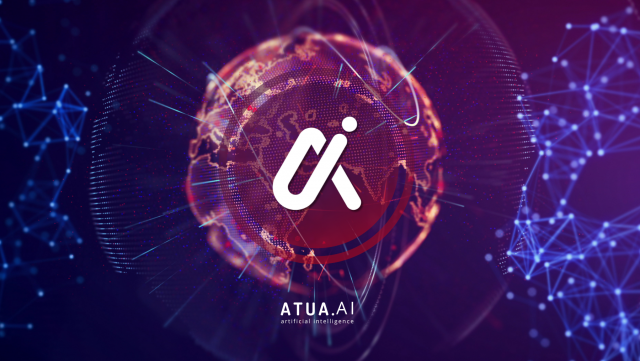Bitcoin integration enhances transactional security and operational efficiency for decentralized enterprises.
(Isstories Editorial):- Singapore, Singapore Jan 24, 2025 (Issuewire.com) – On-Chain AI platform Atua AI (TUA) has integrated Bitcoin (BTC) into its enterprise ecosystem to deliver enhanced security and efficiency for decentralized operations. By leveraging Bitcoin’s robust blockchain infrastructure, Atua AI provides enterprises with a secure, scalable platform for high-value transactions and data management.
More on Isstories:
- Wuxi Hongbei Bakeware: China Top Baguette Tray Manufacturer
- The Best Treadmill Deals Today — Famistar’s Home Fitness Equipment Offers Value at its Best
- Sumoraa Hotels – Resorts Pvt. Ltd. Announces Western Rajasthan’s Largest Luxury Resort in Jawai
- Imagix Crystal Ball Companion Emerges as Holiday Standout with Ellie the Fairy and Ember the Dragon
- Mila Pilates Launches the Most Accessible At-Home Pilates Board for Fast, Low-Impact Full-Body Toning in the US
Bitcoin’s proven reliability and global adoption make it a natural fit for Atua AI’s mission to empower enterprises with advanced decentralized solutions. The integration ensures secure transaction processing, offering enterprises greater trust and transparency in their blockchain operations.
This development marks a significant milestone in Atua AI’s journey to merge artificial intelligence with blockchain technologies. With Bitcoin integration, the platform strengthens its capacity to support enterprises seeking innovative, secure, and efficient solutions for decentralized workflows.
Atua AI’s commitment to integrating industry-leading blockchain assets like Bitcoin underscores its dedication to delivering advanced tools that cater to the evolving needs of decentralized businesses.
About Atua AI
Atua AI is a pioneering on-chain platform that combines AI-driven tools with blockchain technologies to deliver scalable and secure solutions for enterprises. Through Bitcoin integration, Atua AI empowers businesses to optimize operations and achieve decentralized growth.
This article was originally published by IssueWire. Read the original article here.




















